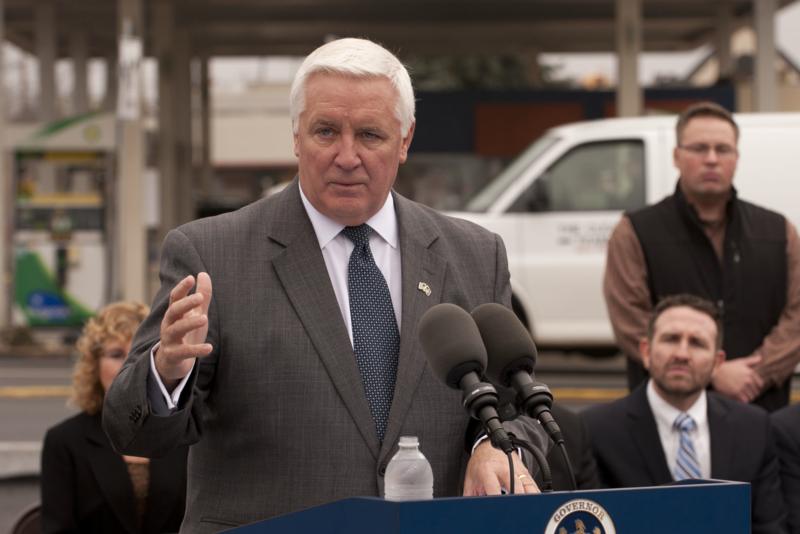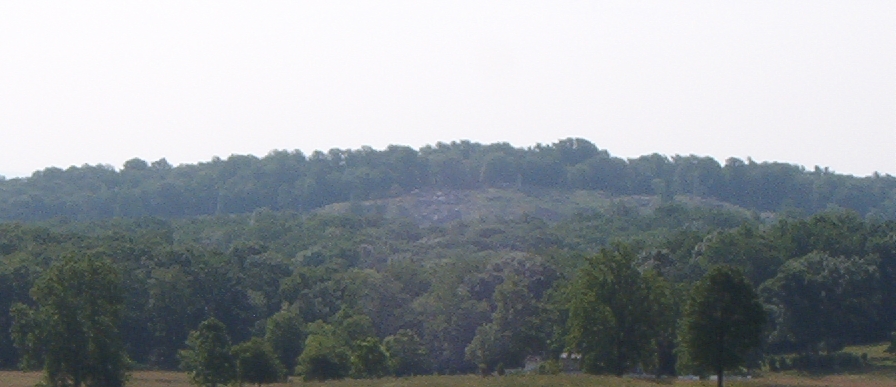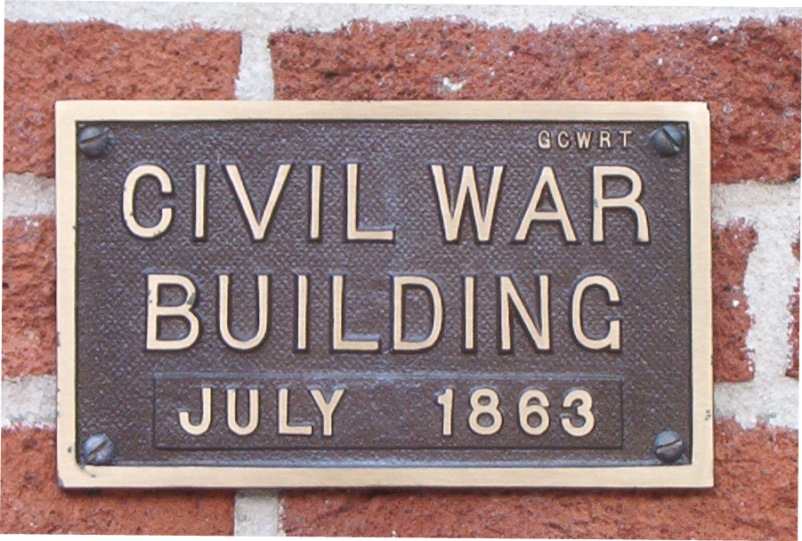Need Pennsylvania news? We have you covered! PAMatters.com has partnered with Radio Pennsylvania to provide you with the stories that matter.
Governor Tom Corbett on the Future of Property Tax Reform in PA
/in Ask the Governor, Media, News, Video /by PAMattersGovernor Tom Corbett on Medicaid Expansion in PA
/in Ask the Governor, Media, News, Video /by PAMattersGovernor Tom Corbett on Failure to get Liquor Privatization Done
/1 Comment/in Ask the Governor, Media, News, Video /by PAMattersGovernor Tom Corbett on Failure to get Transportation Funding Done
/in Ask the Governor, Media, News, Video /by PAMattersAsk the Governor – July 3, 2013 (entire one-hour program)
/in Ask the Governor, Audio, Media, News /by PAMattersWe now offer the ENTIRE one-hour Ask the Governor audio program right here on PAMatters.com. Now, you can listen to the entire program and/or watch video clips of specific topics. Click the play button to get started…
This program was recorded Wednesday, July 3rd, 2013 and includes discussions on the following topics and more: The state budget and the failure of the legislature to pass transportation funding, alcohol privatization or pension reform; Medicaid expansion; flooding in Clearfield County; Gettysburg’s 150th anniversary recognition; listener emails and much more!
BLOG SERIES: The Gettysburg Campaign – July 2, 1863
/in News /by Brad ChristmanIn recognition of the approaching 150th anniversary of the Battle of Gettysburg, PAMatters is sharing daily observations of noted historian Mark Nesbitt, who brings you the personal stories of the boys and men who were marching into history in the summer of 1863…
Visit Mark’s blog at http://markvnesbitt.wordpress.com/ for more Gettysburg stories…
July 2 Gettysburg Campaign: Everything On the Line
Yesterday Franklin Horner and the 12th Pennsylvania Reserves marched until 1:00 a.m., some twenty-five miles. Today they began marching at 6:00 a.m. He writes that they have halted within sight of the rebels and are expecting to march onto the battlefield soon. Suddenly, his writing changes to present tense, the immediacy so great he forgets punctuation: “ evening we are on the battlefield and in line of battle the boys are determined to drive the rebels out of the state the battle is rageing [sic} fiercely now we will soon be in.”
From Thomas Ware’s diary on this Thursday we learn that he marches through Cashtown and came in sight of Gettysburg. They rested in an “old field” until 2:00 p.m. “…at which time we left to Attack the Enemy. After passing through a very heavy shelling for 20 minutes we rested and then formed a line of battle. Here at the foot of the mountain the engagement became general & fierce…”
Franklin Horner, exhausted from marching, lack of sleep, little food and the sheer nervousness of not knowing whether, in ten minutes, he would be alive or dead, ends up on the boulder-strewn west slope of a small hill south of Gettysburg, which would later come to be known as Little Round Top. It is from there he writes his entry in his diary.
Thomas Ware, his brother Robert, and the rest of the men of the 15th Georgia have marched hours with but little rest to finally end up at the lower end of an oddly-shaped triangular field near a jumble of huge boulders the locals call the Devils Den. Just beyond Ware in the Triangular Field, within musket-range in fact, is the upper slope of Little Round Top where Horner stands, two American enemies, after 35 days of campaigning, finally on the same part of the battlefield at Gettysburg.
It is here where I must end my narrative. I do not want to spoil the ending of the book for those interested in reading it. A hint as to how it ends: one soldier lives, the other dies.
I will share an interesting story, a “perk” so to speak, associated with the writing of the book. Several years after it was published, I received a letter from a resident of Washington, Georgia, asking if I would like to speak to the descendants of Thomas Ware. That was a particularly busy year for me so I deferred, suggesting perhaps a later time. I honestly never expected to hear from him again. But Gary Norman was persistent, and the next year my wife Carol and I flew to Atlanta and drove our rental car through a night-time thunderstorm to Washington. We were put up in a delightfully restored building owned by the president of the local historical society. The next day we were treated to lunch with over 25 Wares, Normans, and Remsens, names which appear in the roster of Company G, 15th Georgia Infantry.
One person I was particularly interested in meeting was Mary Lucy (Ware) Probst, Thomas Ware’s grand-niece, whose name had been given to me by family member Ken Norman early in my research. Every family should be lucky enough to have someone like Mary Lucy in it, for if they did their heritage would never be lost. I spoke with and wrote to her numerous times during the development of the book. It was only fitting that I should present to her, on behalf of the family, the microfilmed copy of Thomas Ware’s entire diary, which I had purchased from the University of North Carolina, Southern Historical Collection for my research. Now, anyone in the family can read first hand of their relative’s heroic, harrowing journeys.
I spoke that afternoon to some thirty heirs to the legacy of the one Confederate soldier, out of several hundred thousand, whom I had chosen to represent all the rest. For me it was emotional to have gotten to know their ancestor so well, and to pass that information on to them. I spoke about observations he had made of the land through which he was marching and how many of those landmarks remain. I talked about how astounded I was that throughout his entire diary, there were no references to slavery for this Southerner. The only “N” word Thomas ever used was “Negro” speaking of someone named Steve who sent him some food from home. I told them of the admiration I had for their kin, who endured more, physically and emotionally, than anyone should have to protect his family back in Georgia. I told them how honored I was that they should invite me to speak to them.
Gary Norman’s wife Suzanne is a Ware. They sponsored a reception at their house after my speech to the family. Speaking to Suzanne about the research and miles traveled to produce the book, I told of my one disappointment. In all the volumes of books and papers I perused and the archives I visited, I never found a photo of Thomas Ware. I had no idea what this young man, whose life I had chronicled, whose most intimate hopes and fears I was privy to, looked like.
“Oh,” Suzanne said. “I have his photo hanging on my wall.” She walked me into the house and handed me a small picture of the young man whose life took up so much of my life for the past several years. I felt a well of emotion as I looked into his face. Two words, probably sounding strange to the rest of the Ware family who had gathered around, but summing up all that he and I had been through over the several years it took to research and write his book came out of my mouth:
“Hello, Thomas.”
BLOG SERIES: The Gettysburg Campaign – July 1, 1863
/in News /by Brad ChristmanIn recognition of the approaching 150th anniversary of the Battle of Gettysburg, PAMatters is sharing daily observations of noted historian Mark Nesbitt, who brings you the personal stories of the boys and men who were marching into history in the summer of 1863…
Visit Mark’s blog at http://markvnesbitt.wordpress.com/ for more Gettysburg stories…
July 1 Gettysburg Campaign: “None in the world”
Franklin Horner begins his day at 5:00 a.m. They marched nearly the whole day putting in fifteen miles and crossing the Maryland-Pennsylvania line into York County. Somewhere he hears they are within five or six miles of the rebels and they expect to get into a fight tomorrow. He records that he hears some firing in their front, that the wagons are all being sent to the rear and a night march is expected.
Thomas Ware begins his march at 4:00 p.m., and marches through the night. They stop and rest somewhere east of Fayetteville and west of Cashtown on the Chambersburg Pike.
The firing Horner hears is coming from the fields to the west and north of Gettysburg, PA, a town of about 2,400 souls at the intersection of several roads.
The night before, on June 30, General John Buford’s Union cavalry trotted through the town from the south and spread out to the west. As was standard practice for the cavalry, they sent out videttes—single horsemen ahead of groups of horsemen—to locate any enemy that might be near. No doubt they saw or heard Confederates to the west. Confederate general Johnston Pettigrew reported back to his corps commander at Cashtown that night that on his scout toward Gettysburg he had run into Federal cavalry and had heard drums behind them, indicating there might be infantry backing them up. General Lee had let it be known that he did not want to bring on a general engagement since his army was not concentrated yet, so Pettigrew backed off.
Pettigrew’s report to corps commander A. P. Hill took place at the Cashtown Inn and was overheard by one of Hill’s division commanders, General Henry Heth. Hill didn’t believe that there could be infantry in Gettysburg; his reports all said that the Army of the Potomac was still in Maryland. Pettigrew listened while Hill threw away fresh intelligence about the enemy for stale. Heth asked if Hill had any objections if he went into Gettysburg the next morning and procured supplies—especially shoes—for his command. “None in the world,” Hill said. Those four words would bring on what some historians think was the watershed battle of the American Civil War.
The morning of July 1, Heth’s men drew fire from Buford’s videttes, but pressed on until they struck the main cavalry line. They were held up by Buford’s men, who had sent couriers back through the town of Gettysburg to inform the nearest infantry that the fight was on. They found the Union Army First Corps, under the command of Major General John F. Reynolds (whose home was Lancaster, PA) on the road the Confederates would march to Philadelphia, if they were successful in driving back his troops. With a will only a man fighting to defend his own home and family could summon, Reynolds rode ahead of his troops, through the Seminary to the ridges and swales to the west. He had turned in his saddle to watch his troops march toward him when a minie ball struck him high in the back of the neck. He had been on the battlefield just a few minutes.
The fighting would rage with Confederates assaulting the Union lines along McPherson’s Ridge from the west. As more Union troops came through the town, they attempted to gain the high ground to the north on Oak Hill. Just as they approached the hill, Confederates arriving from the north as part of the rebel army’s concentration planted themselves on it. The Union troops “refused” their line, or bent it back, to receive any attack.
As in any battle there were moments of serious hard fighting as well as lulls. As more Union troops arrived on the field they took up position north of the town, straddling the approach routes there, and holding off Confederate assaults as best they could from behind the only protection they could find—some post and rail fences. The Federal line formed a rough, sideways “L” blocking Confederates first coming from the west in the morning, then from the north in the afternoon. Fighting continued through the afternoon until Confederate forces finally arrived from the east and attacked the Union flank on Barlow’s knoll. It crumpled and the entire Federal line imploded, moving rapidly through the town.
It seemed a complete Confederate victory on the first day. Lee, who had not wanted to bring on a general engagement, observed the rout as he arrived on the battlefield from Cashtown and must have been pleased at what he saw. Was it this vision that changed his strategy from avoiding an engagement to, “The enemy is there, and I am going to strike him”?
And while the Federals where whipped on the first day, they fell back to the high ground south of the town and began to form, as the rest of the army came up from the south, one of the strongest positions they could have found; One that most military men credit with the eventual Union victory.
Yet, for all the momentous, history-changing events that are occurring just a few miles from them and toward which they are inexorably being drawn, neither Franklin Horner nor Thomas Ware mentions the name Gettysburg.
Welcome to PAMatters.com, a new source for news and commentary from Pennsylvania’s capital. In addition to video, audio and pictures from the stories and events that affect YOU, you’ll also get some behind-the-scenes analysis via blogs from our award-winning staff of journalists.





